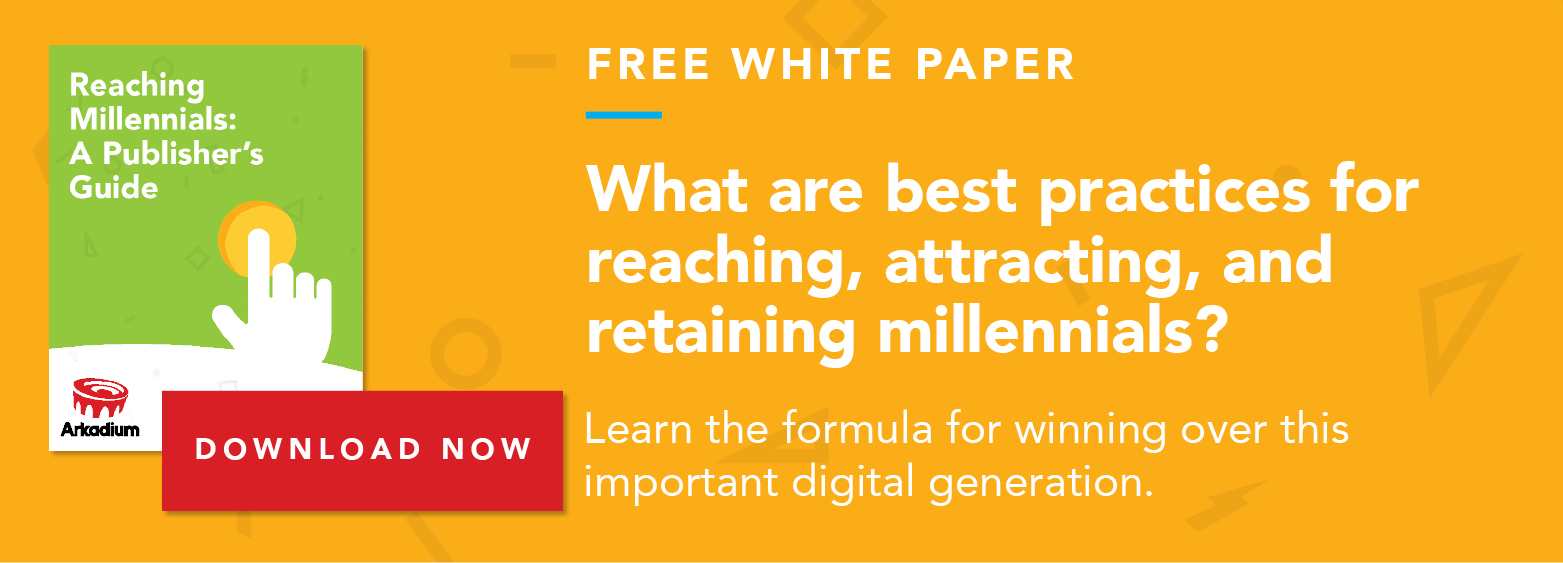Source: AdWeek
If you’re trying to get more millennials to click and stick around to read your news, make sure your article has visuals like photos and videos. Bonus points if your visuals are interactive, like GIFS.
According to a new study from Arkadium, a content tool provider for many of the world’s leading publishers, millennials prefer online news when it has accompanying visuals.
About 78 percent of people are likely to continue reading an article if visuals are included throughout it. That number is about 85 percent when the study looked at just its millennial respondents.
“We already assumed that millennials prefer to get their news online and that people likely prefer stories with visuals and videos,” said Jessica Rovello, the CEO and co-founder of Arkadium, “but these visuals are what keep them coming back to sites, which is a surprising fact.”
When it comes to returning visitors, Arkadium found that 82 percent of millennials were likely to return to news sites that regularly use visuals. These sites that incorporate more aspects of visual journalism, including photos and videos within the text of articles, are retaining more loyal readers.
“We don’t know the psychology of why people return to sites that use visuals well,” said Rovello. “With the rise of platforms like Instagram, millennials are used to digesting news and information with a visual as opposed to a lot of text.”
Not only do readers seek out stories with visuals, and stay on the page to continue reading those stories, they’re also more likely to trust sites that fully utilize those methods. More millennials felt that way than other age groups; about 71 percent said they were likely to find news stories more credible if they included images or videos.
Additionally, about 65 percent of millennials have read a story that features interactive (videos, GIFs, games) content, and about half of millennials want more of that interactive content in stories.
“For publishers that are more tailored to millennials, they already understand these changes and embraced the additional visuals on their sites,” said Rovello. “Unfortunately, the vast majority of sites interrupt their stories not by visuals that accompany the story, but with advertisements.”
Rovello sees publishers around the world trying to shape and redefine their editorial process in an effort to maintain millennial readership.
“A lot of places are starting to do analytics-based journalism, where they look at traffic or engagement to decide what to publish,” she said. “That can have a detrimental effect as well. Newsrooms are trying to accommodate the reader of the future.”


